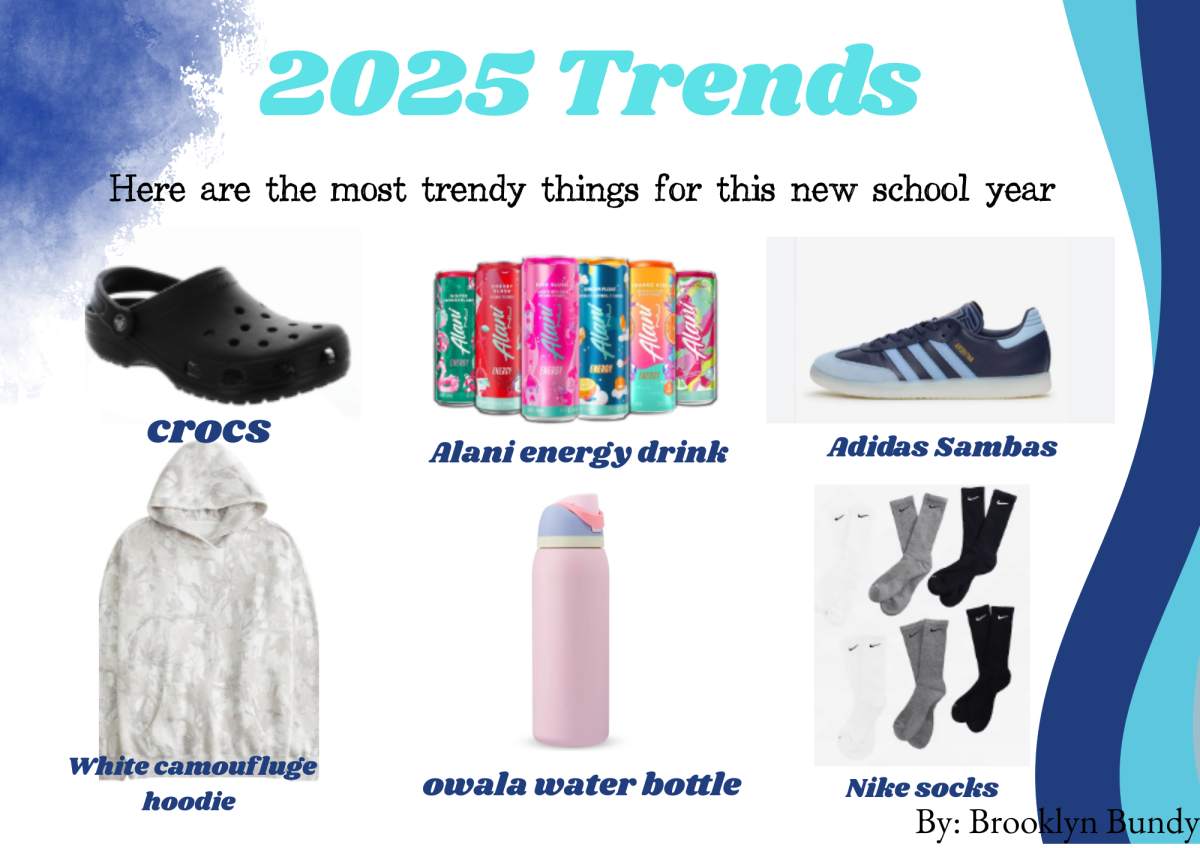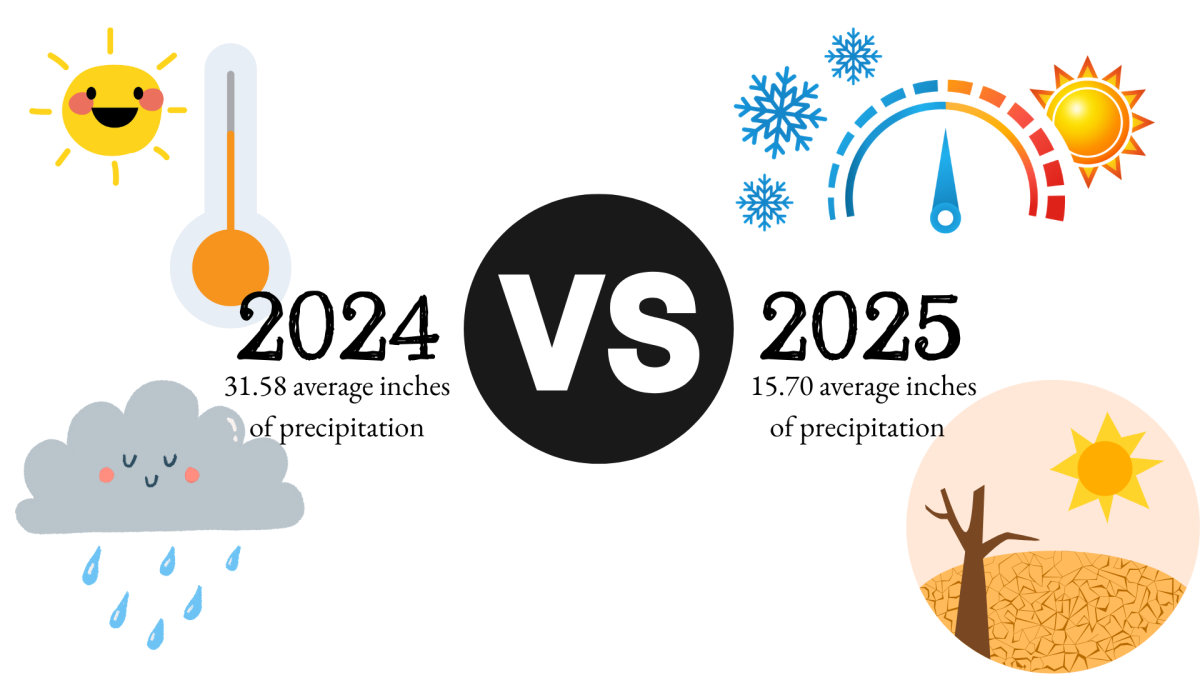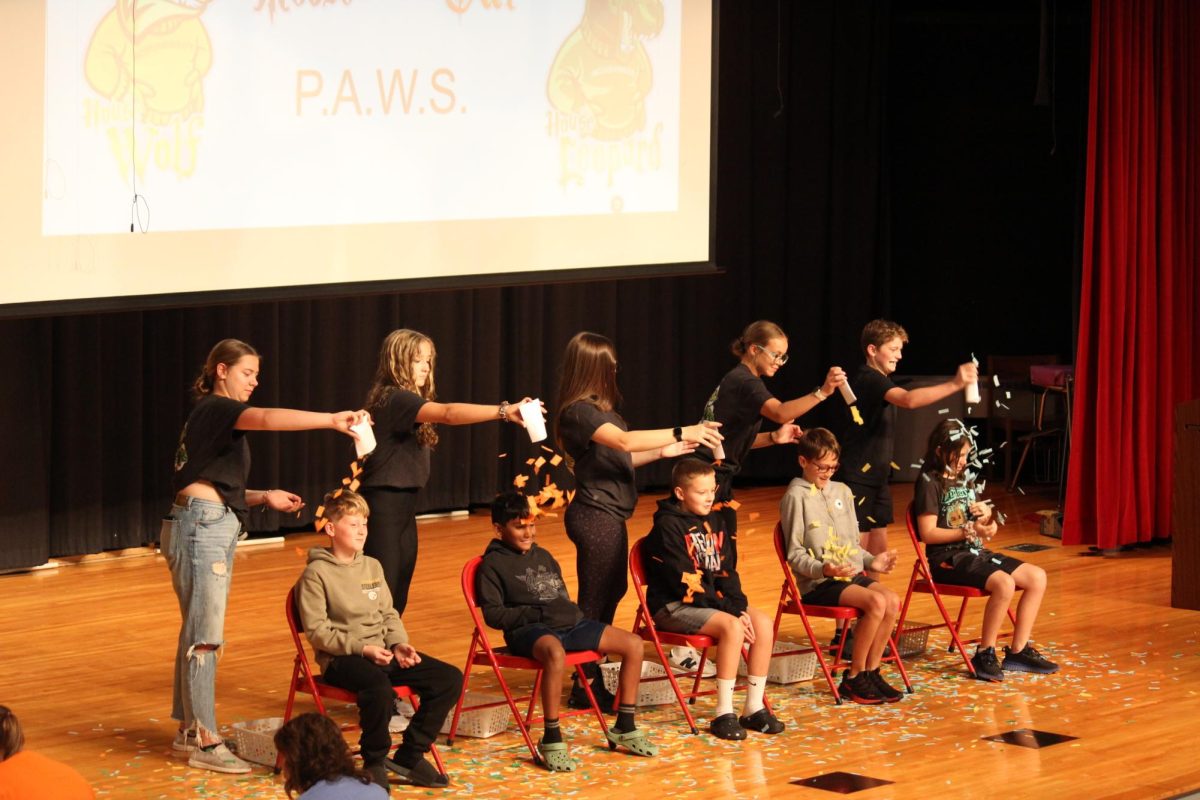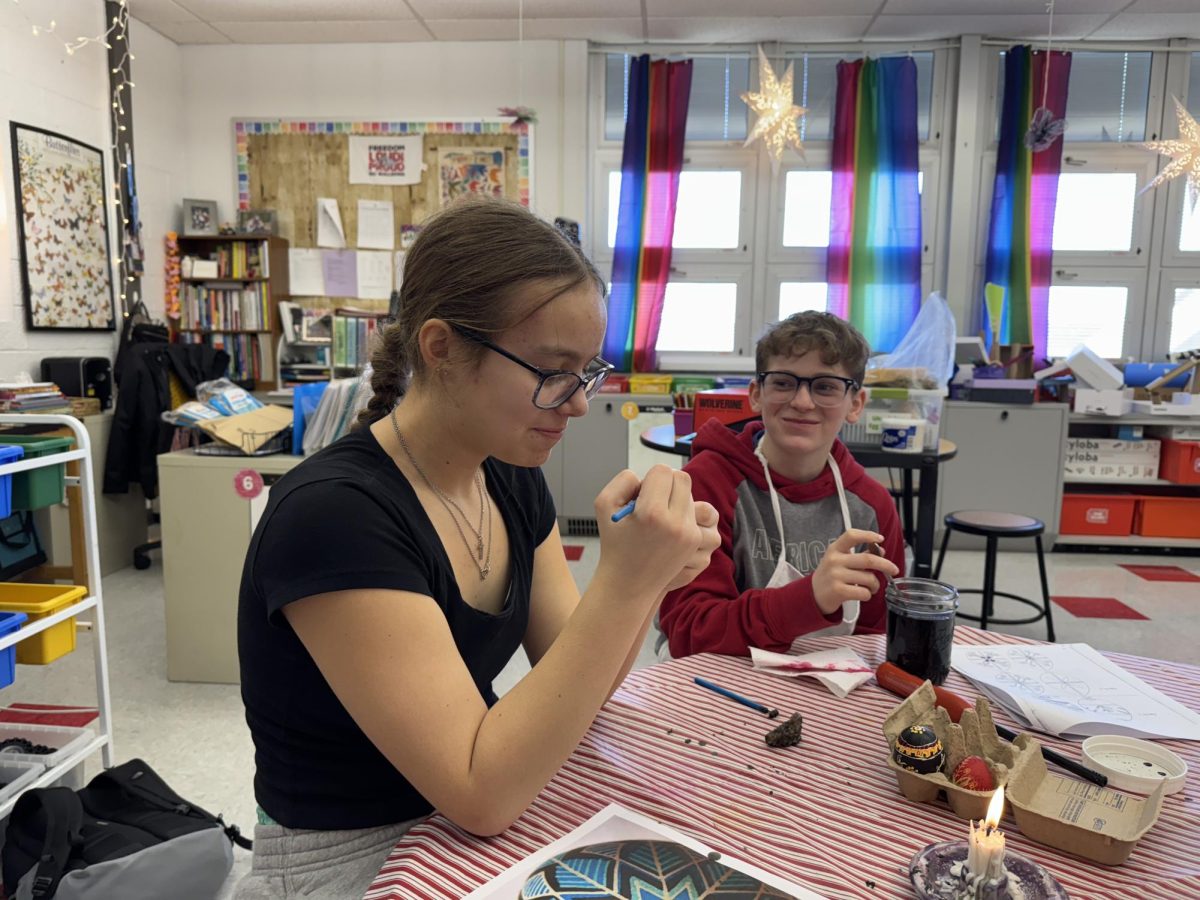April is World Autism Awareness/Acceptance Month and we’re here to celebrate! April 2-5 we had spirit week. Tuesday we wore tie-dye, Wednesday was hat day, Thursday we wore blue, and Friday was pajama day! Although, we celebrate Autism Awareness Month to understand and support people and their challenges with autism.
Tuesday we wore tie-dye to show the vibrance and diversity of the human mind. The brains of those with Autism work differently. The brain is split into two halves or hemispheres, also known as the left and right brains. Research says that those with Autism, the halves of their brains don’t have as strong a connection, or work together as much, as someone’s brain who doesn’t have ASD (Autistic Spectrum Disorder).
Wednesday was hat day to show that Autism is a unique neurological variation. We honored this by wearing fun hats to show that those with Autism think differently than others, they seem to focus more highly on details. Some people with Autism have a hard time with complex thinking and it may take them longer to make connections with different trains of thought.
Thursday we wore the color blue to embrace, support, and accept those with Autism, and to foster understanding and inclusivity. Blue is known to be a calming color and can help those with Autism to feel more relaxed and is the primary color designated to Autism. Study shows that those with Autism may often dismiss some colors, such as red or pink. This could be due to enhanced external factors.
Friday we had pajama day to show that everyone deserves comfort, especially those with sensory needs. Some things can be over-sensitive or under-sensitive to those with Autism, such as sounds, lights, smells, or textures. Other sensory needs for those with Autism could be needing to stare at constantly moving objects or even display unusual sensory from everyday noises.
There was once, and still is, a strong debate about whether to say “autistic person” or “person with autism.” A survey conducted in March 2022, polled those with or connected to ASD. Over 76% of those people voted “autistic person” rather than “person with autism.” Except, more parents of children with ASD chose “person with autism,” not wanting it to seem like Autism was a label for their child or their child’s whole personality. This has happened with other disabilities too.







